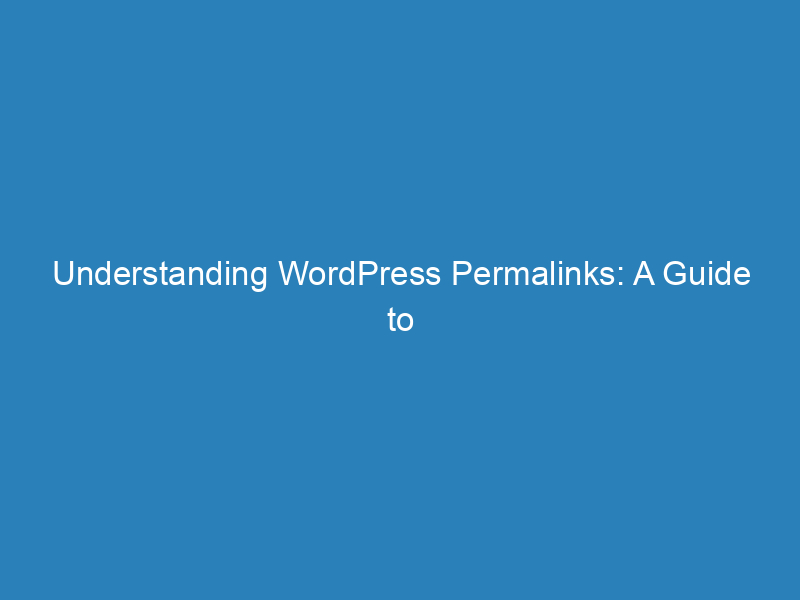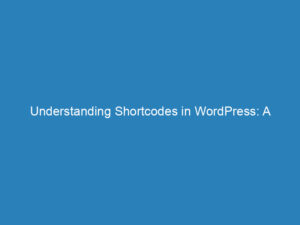
Understanding WordPress Permalinks: A Guide to SEO-Friendly URLs
Permalinks, often referred to as “pretty links,” are the permanent URLs that direct users to specific posts or pages on your WordPress website. By default, WordPress generates URLs that utilize a query string format, resulting in links that look somewhat complex, such as this example: http://www.example.com/?p=233. While functional, these links can be difficult for users and search engines to read.
Fortunately, WordPress allows you to customize your permalink structure to enhance readability and SEO performance. By navigating to Settings » Permalinks, you can choose from several formats that convert those awkward query strings into user-friendly URLs. For instance, a more readable format might appear as: http://www.example.com/2012/10/wordpress-for-beginners/.
Understanding Permalink Formats
WordPress offers a variety of permalink structures, each with its own benefits. Here’s a breakdown of the most popular formats:
- Day and Name:
http://www.example.com/2023/10/31/sample-post/ - Month and Name:
http://www.example.com/2023/10/sample-post/ - Numeric:
http://www.example.com/archives/123 - Post Name:
http://www.example.com/sample-post/
While any format other than the default query string is considered SEO-friendly, the choice ultimately depends on your preference and website goals. For better user experience and search engine optimization, opting for a permalink structure that includes keywords relevant to your content is advisable.
SEO Best Practices for Permalinks
When configuring your permalinks, keep these best practices in mind:
- Keep it short and simple: A shorter URL is easier to read and share.
- Use keywords: Incorporate relevant keywords to enhance SEO.
- Avoid special characters: Stick to letters, numbers, and hyphens to prevent confusion.
- Use hyphens to separate words: Hyphens improve readability compared to underscores or spaces.
By carefully choosing your permalink settings, you can significantly improve the user experience on your site and boost your SEO efforts. This enhancement not only helps visitors navigate your website more easily but also signals to search engines that your content is organized and relevant.

